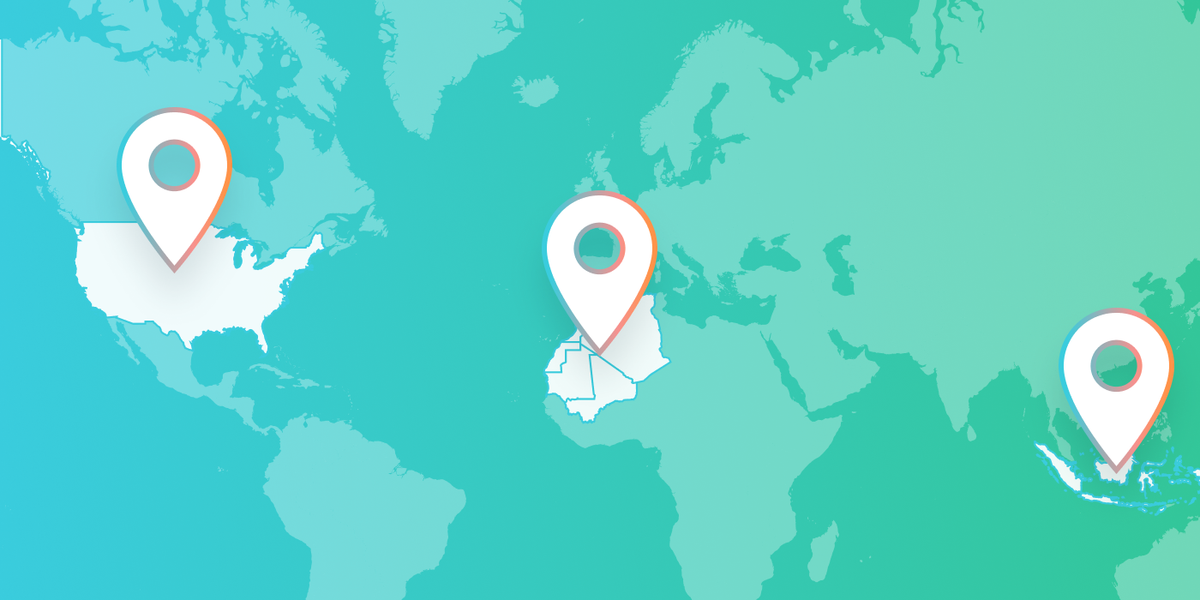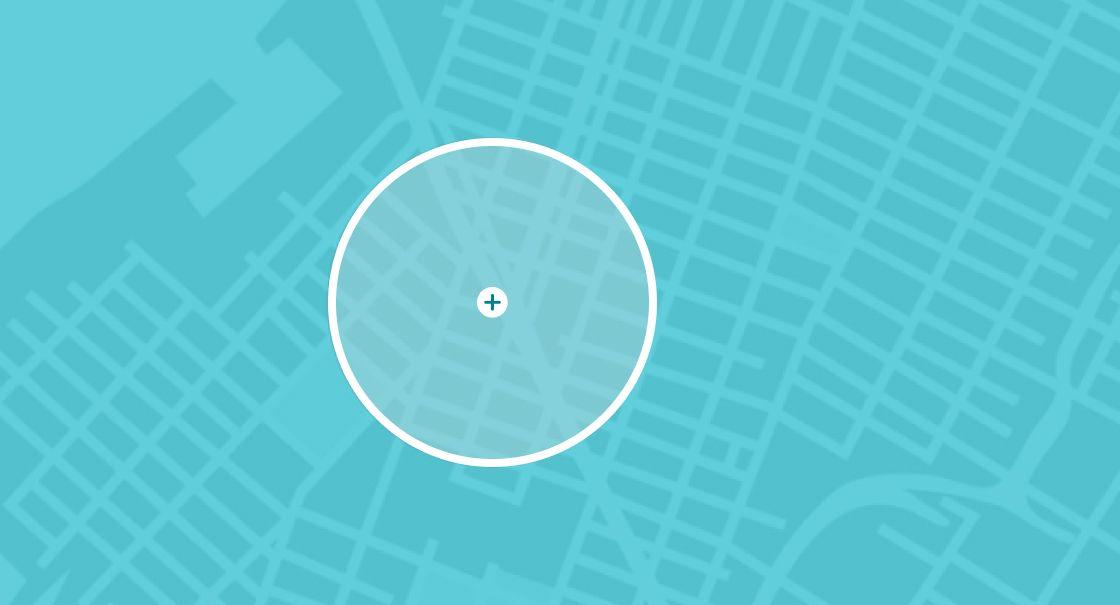What’s a Geofence?
Published on July 15, 2020/Last edited on July 15, 2020/3 min read


Team Braze
There’s just no getting around it: Today’s customers expect personalized, relevant experiences. And when brands deliver those kinds of experiences, consumers reward them with high engagement and conversion rates.
One way digital marketers are building more personalized experiences is through location-based marketing. These campaigns use location data data from phones’ GPS functionality and other sources to understand where a user is at a given moment, then deliver a message suited for that location. For instance, maybe a brand wants to send a specific type of message to people near one of their brick-and-mortar locations and another to customers more likely to engage online. Location-based marketing tools make this possible.
Braze offers plenty of location-based marketing tools, helping teams of all types stand out with campaigns that are more relevant and more responsive to a customer’s personal needs. One feature that’s especially helpful in making campaigns more relevant and responsive to a customer’s individual needs is geofencing.
What Are Geofences?

A geofence is a type of location-targeting that allows for messages to be sent to people when they enter, leave, or dwell within a certain physical location. A retail store might want to grab your attention when you drive into the area, or a vendor might want to capture you as you pass through a teeming concert festival venue. The purpose of geofencing is simple: To detect a user’s location, and to use that location to serve them relevant, valuable communications.
Geofencing in Action
Braze customer Burger King used this location-based approach in a clever, fairly hilarious way. Their Whopper Detour campaign used geofencing to message users with a special one-cent Whopper promotion anytime they opened their app within 600 feet of a McDonald’s.
This “masterpiece of trolling” was an instant success, boosting the Burger King app to number one on both Google Play and App Store. Burger King also managed to triple mobile sales, and drive an ROI of 37-to-1. Beyond these victories for their bottom line, the Whopper Detour campaign also raised the profile of the fast food giant’s marketing team, earning them the Titanium Lion at the Cannes Lions Festival and the title of Creative Brand of the Year.
This campaign speaks to the power of geofencing. Like the best marketing technologies, geofencing encourages teams to get creative with messaging. It gives campaigns the unique opportunity to reach on-the-go consumers as they go about their day, keeping your brand in front of them no matter where their travels take them.
Next Steps
The explosion of mobile has made location-based marketing a must-have tool in any marketing team’s toolkit. After all, research shows that 83% of consumers believe location data is important to their app experience. No wonder location-based marketing is helping teams build experiences that are relevant to the user and genuinely engaging.
To learn more about location-based marketing and other high-value personalization strategies, check out our exploration of in-the-moment marketing tools, check out our location marketing overview.
Related Tags
Releated Content
View the Blog
Enterprise generative AI: Transforming data, decisions, and customer experiences

Team Braze

Omnichannel personalization: Delivering consistent, connected customer experiences

Team Braze

Are you AI-savvy enough to survive? A wake-up call for CMOs
